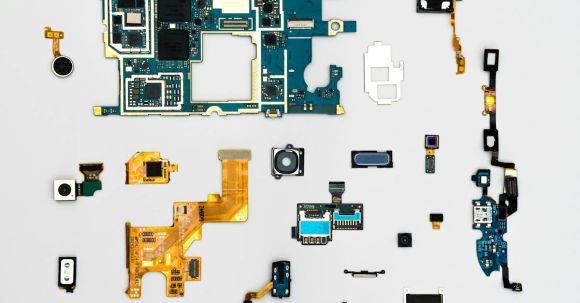In recent years, there has been a significant rise in the use of robotics across various industries. From manufacturing to healthcare, robots are becoming increasingly prevalent in the workplace. This technological advancement is not only transforming the way we work but also raising questions about the future of employment. In this article, we will explore the potential impact of robotics on the future of work and how it may shape the labor market.
Increased Efficiency and Productivity
One of the most significant benefits of robotics in the workplace is the potential for increased efficiency and productivity. Robots are capable of performing repetitive tasks with precision and accuracy, eliminating the possibility of human error. This increased efficiency can lead to higher output and faster production times, ultimately driving economic growth.
Automation and Job Displacement
However, the rise of robotics also raises concerns about job displacement. As robots become more advanced, they are capable of performing tasks that were previously exclusive to humans. This has led to fears that automation will lead to widespread unemployment. While it is true that some jobs may become obsolete, the introduction of robotics also creates new opportunities and the need for new skill sets.
Shift in Job Roles
As certain tasks become automated, the nature of jobs will inevitably change. Instead of replacing human workers entirely, robots are more likely to augment human capabilities. This means that workers will need to adapt and acquire new skills to remain relevant in the workforce. Jobs that require creativity, problem-solving, and critical thinking are less likely to be replaced by robots. Therefore, individuals who possess these skills will be in high demand.
Collaboration Between Humans and Robots
Rather than viewing robots as a threat, it is more productive to see them as collaborative partners. The future of work will likely involve a symbiotic relationship between humans and robots, with each playing to their strengths. Robots can handle repetitive and physically demanding tasks, while humans can provide the emotional intelligence and adaptability that machines lack. By leveraging the unique capabilities of both humans and robots, businesses can achieve greater levels of productivity and innovation.
Skills Development and Lifelong Learning
With the rise of robotics, the importance of skills development and lifelong learning becomes paramount. As job roles evolve, workers will need to continuously update their skills to remain competitive. This requires a shift in mindset towards lifelong learning and a commitment to personal and professional development. Governments, educational institutions, and businesses will also need to provide opportunities for reskilling and upskilling to ensure that workers can adapt to the changing job market.
A More Flexible Workforce
The integration of robotics into the workforce also has the potential to create a more flexible working environment. With robots taking care of repetitive and mundane tasks, workers can focus on more complex and fulfilling work. This shift may lead to a reduction in working hours, allowing individuals to have a better work-life balance. Additionally, the ability to work remotely and collaborate with robots can enable greater flexibility in terms of location and working arrangements.
In conclusion, the rise of robotics is poised to have a profound impact on the future of work. While there are concerns about job displacement, there are also opportunities for increased efficiency, productivity, and collaboration. The key lies in embracing robotics as a tool to enhance human capabilities rather than as a replacement for human workers. By investing in skills development and fostering a culture of lifelong learning, individuals and businesses can adapt to the changing job market and thrive in the era of robotics.
